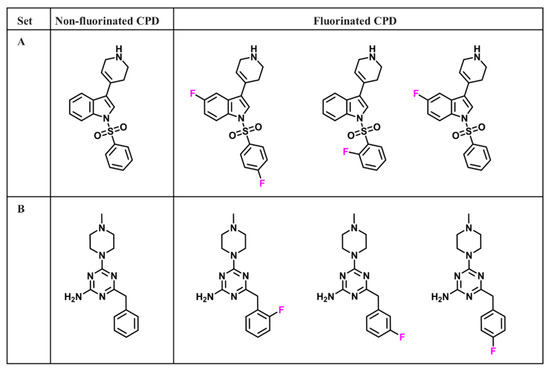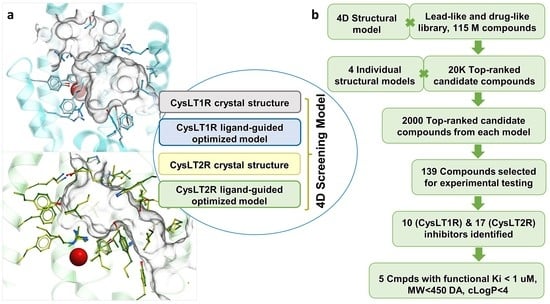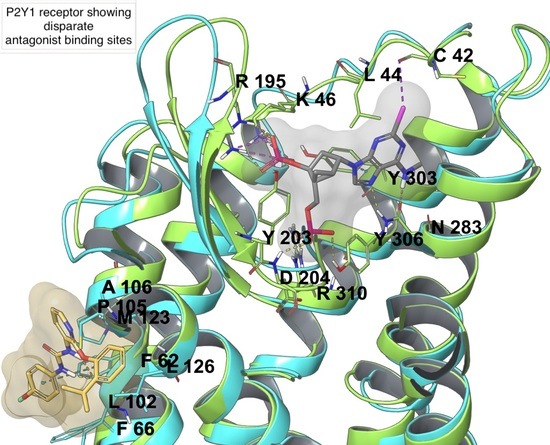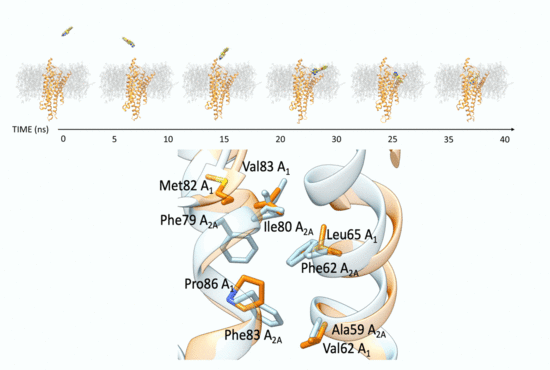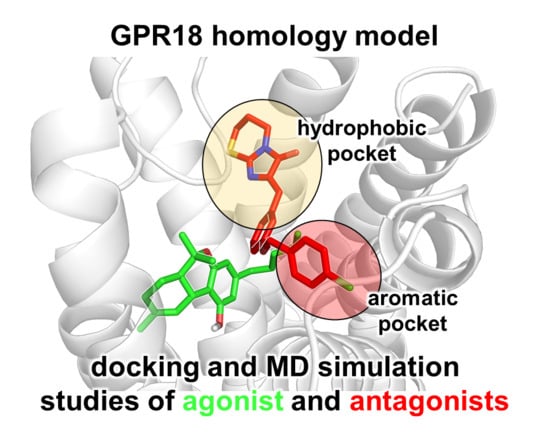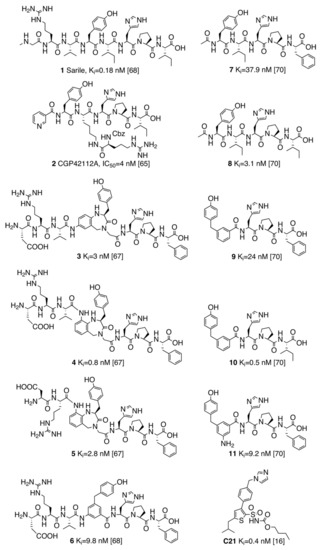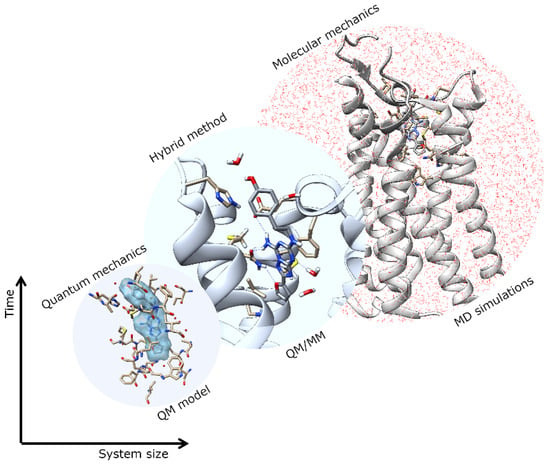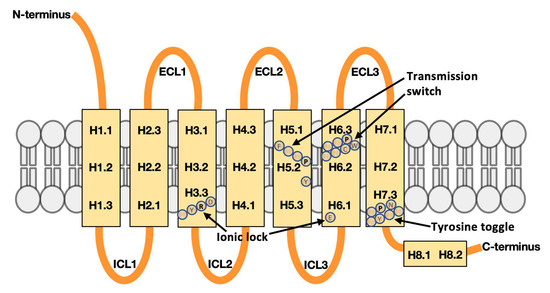In Silico Drug Design for GPCRs: Big Data for Small Molecule Discovery
A topical collection in Biomolecules (ISSN 2218-273X). This collection belongs to the section "Bioinformatics and Systems Biology".
Viewed by 48187Editor
Interests: structure–function of GPCRs; integrative modeling; rational ligand design; virtual screening; machine learning; allosteric, bitopic, and photoswitchable ligands; chemical probes; drug discovery
Topical Collection Information
Dear Colleagues,
The current drug discovery process increasingly relies on data-driven computational approaches. Among many aspects of computational revolution, one can name the following: of high-resolution structural information and molecular modeling capabilities for the target receptors, (2) improvement of virtual screening and rational design algorithms, (3) rapid growth of virtual combinatorial libraries, supported by fast parallel synthesis of compounds, (4) application of machine learning approaches to the analysis of chemogenomics information and predictions of multitarget ligand activity profiles, and (5) advanced computational approaches for predicting affinities and potencies of derivatives. The exponentially growing data sources and improved tools, supported by access to highly parallel GPU and cloud computing, are poised to revolutionize the field in both academia and industry, making data-driven computational analysis and design the backbone of drug discovery.
This Topic Collection of Biomolecules will showcase recent examples of computationally intensive data-driven approaches that contribute to the different aspects of small molecule drug discovery for GPCR targets. The main goal is to compile articles that describe new or improved algorithms with practical applications for hit discovery and optimization.
Dr. Vsevolod Katritch
Collection Editor
Manuscript Submission Information
Manuscripts should be submitted online at www.mdpi.com by registering and logging in to this website. Once you are registered, click here to go to the submission form. Manuscripts can be submitted until the deadline. All submissions that pass pre-check are peer-reviewed. Accepted papers will be published continuously in the journal (as soon as accepted) and will be listed together on the collection website. Research articles, review articles as well as short communications are invited. For planned papers, a title and short abstract (about 100 words) can be sent to the Editorial Office for announcement on this website.
Submitted manuscripts should not have been published previously, nor be under consideration for publication elsewhere (except conference proceedings papers). All manuscripts are thoroughly refereed through a single-blind peer-review process. A guide for authors and other relevant information for submission of manuscripts is available on the Instructions for Authors page. Biomolecules is an international peer-reviewed open access monthly journal published by MDPI.
Please visit the Instructions for Authors page before submitting a manuscript. The Article Processing Charge (APC) for publication in this open access journal is 2700 CHF (Swiss Francs). Submitted papers should be well formatted and use good English. Authors may use MDPI's English editing service prior to publication or during author revisions.
Keywords
- virtual ligand screening
- computer-assisted drug discovery
- structure-based design
- chemogenomics
- machine learning






